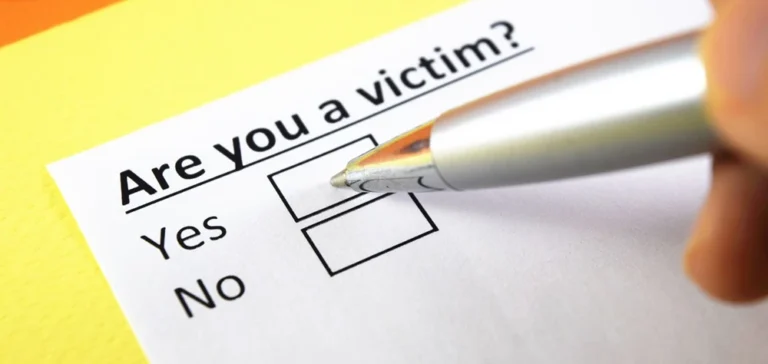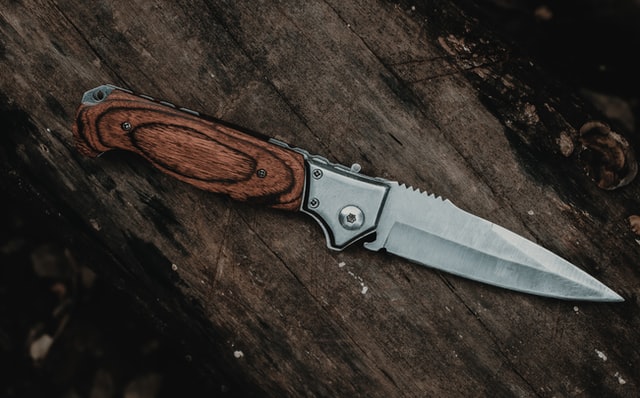Have you been arrested for “possession of criminal tools”? If so, you might be confused.
You are even more likely to be confused if you were arrested for possessing tools such as a hammer, that are legal to possess when not classified as “criminal tools.”
Unfortunately, possessing criminal tools is one of those vaguely-worded offenses like “Loitering” and “No Visible Means of Support,” that are highly subject to police and prosecutor abuse.
The term “criminal tools” is so vague that it can refer to anything from a machine gun to a stick of chewing gum blocking a keyhole opening. So how do you know if your charges are legitimate?
The best way to know is to consult experienced criminal defense attorneys at Gounaris Abboud. We can assess the facts of your case and protect your rights every step of the way.
The Three Legal Elements of the Crime of Possession of Criminal Tools

Every crime consists of one or more elements that the prosecutor must prove to win a conviction. In the case of possession of criminal tools, three legal elements exist:
- The “criminal tool” was a “substance, device, instrument, or article;”
- That was in your possession or control; and
- During the time you possessed the “criminal tool” you intended to use it for criminal purposes.
Element #1: A Substance, Device, Instrument, or Article
Although the definition of this element is quite broad, it would arguably exclude abstract items such as computer malware. The tool must be a tangible object that you can hold in your hand.
Element #2: Your Possession or Control
“Possession or control” generally means that the item was on your person or property, that you knew it was there, and that you knew what it was. You don’t have to know that it is illegal to possess it. However, circumstances can exist that can make proving control over the tool tricky for prosecutors.
For instance, suppose Joe, Jack, and Jeff all share a house together. Now suppose that someone uses a crowbar to break into a neighbor’s house one night. After doing so, the burglar puts the crowbar into the garage that all three housemates share.
This can make it tough for the prosecution to prove who had possession, control, or even knowledge of the crowbar. In fact, a fourth party, that doesn’t even live in the house, may have placed it there.
Criminal Intent
A prosecutor cannot win a conviction for possessing instruments of crime without establishing criminal intent. You must have specific criminal intent before items in your possession are classified as criminal tools. The prosecution, however, may infer intent from your mere possession of certain items.
The prosecutor can shift the burden of proof onto you if you possessed or controlled certain types of items.
Possession or control of a “dangerous ordnance”
This is possession of something that most people wouldn’t have unless they intended to use it to commit a crime. California maintains a list of dangerous ordnances that includes items such as dynamite, explosive-grade nitroglycerine, and military-issue firearms.
Adaptations
If you possess items that you specifically adapted for criminal use, this type of item carries a rebuttable presumption of criminal intent. An example would be a taped-up flashlight.
Items commonly used in crimes
If you possess or control an item commonly used to commit crimes, under certain circumstances, that could indicate criminal intent.
For example, if the police find a screwdriver hanging from your belt at night, while you are wearing a facemask and black clothing, they might be able to infer criminal intent.

Confused about what constitutes a criminal tool in Dayton, Ohio? These vague charges can carry severe penalties, and understanding your rights is essential. Get expert legal advice to navigate your case and protect your future.
Defenses
Several potential defenses are available against a charge of possession of criminal tools:
- Merger: The prosecution has already charged you with the underlying offense;
- Reasonable doubt as to your criminal intent; or
- The item was never in your possession or control.
Numerous other potential defenses are available, depending on the specific facts of your case.
Penalties
The prosecutor can charge you with either a misdemeanor or a felony version of possession of criminal tools. It all depends on your intent—did you intend to commit a felony or a non-felony?
This crime is a fifth-degree felony if you intended to commit a felony, and it is a first-degree misdemeanor if you intended to commit a non-felony.
- For a felony, you could face up to 12 months in prison and a $2,500 fine.
- For a misdemeanor, you could face up to six months in jail and a $2,000 fine.
Remember that the foregoing punishments are maximums, not minimums.
It’s Time to Start Fighting Back
Contact the award-winning criminal defense attorneys at Gounaris Abboud, LPA by calling (937) 222-1515 or by contacting us online, so that we can give you a free case analysis. Our offices are located in Dayton and Springboro, Ohio, and we serve clients throughout the state.




